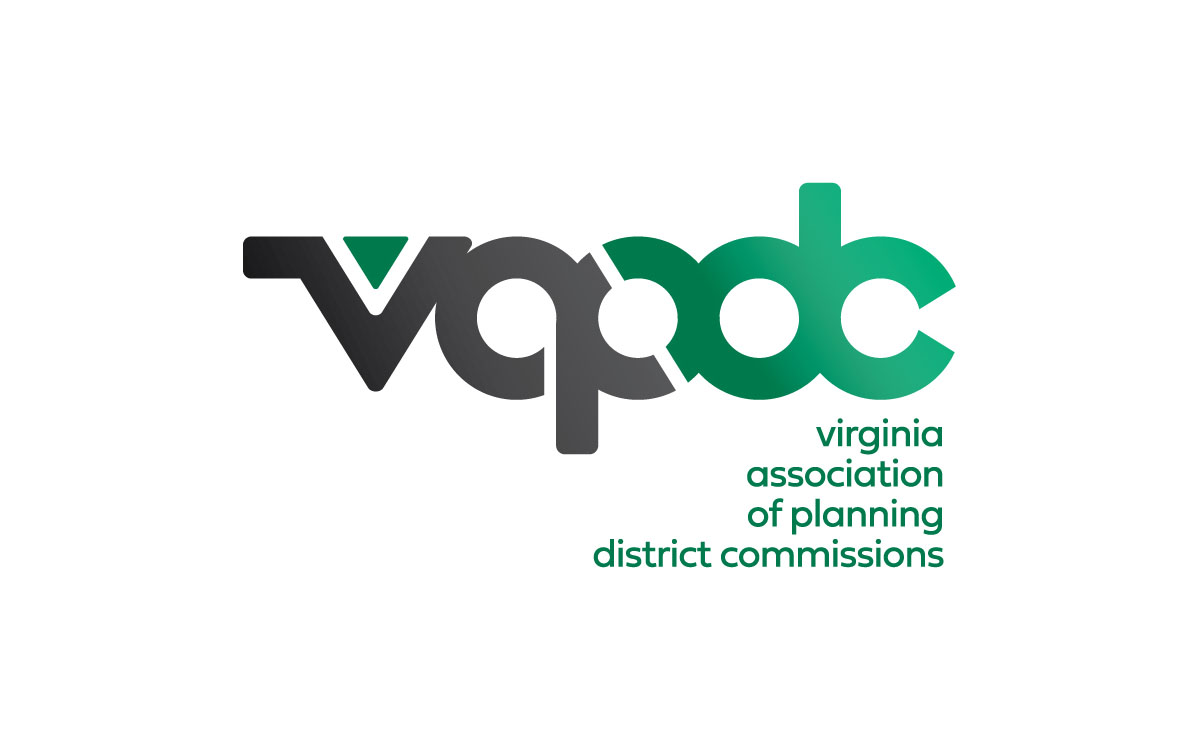Three segments of the Falling River were listed on the Virginia’s 1998 303(d) Total Maximum Daily Load Priority List and a forth segment was listed on the Virginia’s 2002 303(d) Report on Impaired Waters. Each of four segments were listed impaired due to violations in the State’s water quality standard for E.coli bacteria. The total four segments, all located on the Falling River mainstream combine for a total segment length of 10.49 miles.
The TMDL study was developed by George Mason University and The Louis Berer Group Inc, Washington D.C. consulting firm and approved by EPA on July 9, 2004 and the Virginia State Water Control Board approved the study on December 2, 2004. After approval, a TMDL Implementation Plan (IP), or watershed management plan, was developed to identify corrective actions needed to meet the TMDLs water quality goal.
Completed in 2008, the Falling River Implementation Plan was developed by the Virginia Department of Conservation and Recreation, in partnership with local stakeholders. The TMDL Implementation Plan (IP) for the approximate 151,150 acre Falling River watershed located in Campbell and Appomattox counties outlines activities and actions, often known as best management practices, to be taken by citizens, local governments, farmers, and land that will be necessary reduce bacteria sources of bacteria within the Falling River, the benefits of these activities, and the associated costs of implementing the activities.
Project Documents
Falling River TMDL Implementation Plan: A Plan to Reduce Bacteria in the Falling River Watershed
Falling River Implementation Plan (Bacteria TMDL) Technical Report

